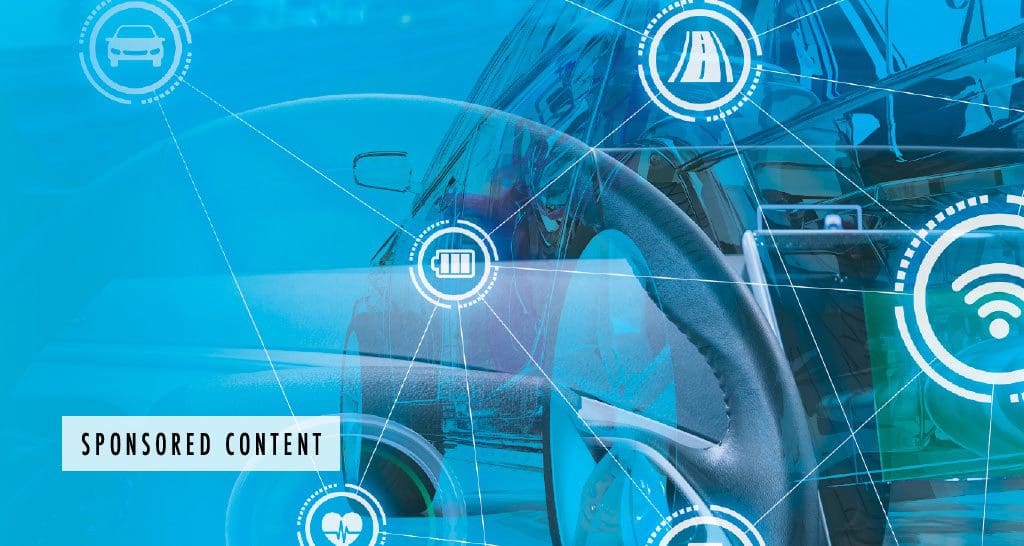This sponsored post, associated with the IEEE SA Ethernet & IP @ Automotive Technology Day event, solely represents the views of the author, was developed independently by the entity sponsoring the post, and does not necessarily represent a position of either IEEE or IEEE Standards Association.
Many automotive architectures are moving toward Ethernet-based vehicle networks to increase bandwidth and provide the latest features customers demand, such as infotainment, safety, connectivity, and autonomous functions.
However, many in the automotive industry are accustomed to other vehicle networks which can simply be monitored with a single connection such as an On-Board Diagnostic (OBD) port. Of course, this is not possible with Ethernet-based networks due to its complex signaling, switched architecture, and topology.
For some it is possible to simply use port mirroring — program the switch to copy all traffic to a single port for monitoring. However, this approach results in several problems that interfere with testing and validation:
- Dropped data due to a bottleneck at the monitored port
- Cannot provide captures of malformed or unrecognized frames
- Does not provide exact timing (when the frame “hits the wire.”)
The RAD-Star 2 is an Active Tap made for automotive networking. It solves these problems by:
- Port Forwarding — passes all the all traffic in both directions
- Port Copying — sends a copy of all the traffic out a diagnostic port
- Frame Encapsulation — “Wraps” good and even bad frames and adds a hardware time stamp, which captures bad frames and provides when each frame “hits the wire.”
The First Active Tap with TSN Support
The RAD-Star 2 is the first active tap on the market to support Time-Sensitive Networking (TSN) Frame Preemption (IEEE 802.1Qbu™), Interspersing Express Traffic Task Force (IEEE 802.3br™). The RAD-Star 2 has two 100BASE-T1 (PHYs), allowing it to tap a single link between Electronic Control Units (ECUs) and/or switch ports at the rate of 100 Mbps. The RAD-Star 2 allows Ethernet transmit on either port while tapping a link.
Use as a Buffering Media Converter
The RAD-Star 2 can also be configured to act as a stand-alone media converter, allowing a PC to interact with two Automotive Ethernet ECUs. This allows one to simulate nodes, or perform direct diagnostics or ECU flashing. Also, the “Pure” Media Converter Mode disables encapsulation of messages and even allows connections between media of differing bit rates, buffering as needed.
ECU / Gateway Testing
The RAD-Star 2 has the ability to test between two ECUs (hosts) or between an ECU and a 100BASE-T1 switch, plus two CAN FD networks, with 10 ns time accuracy. This makes it ideal for ECU testing applications, as well as port-to-port and Ethernet-to-CAN FD latency testing.
Learn more about RAD-Star 2.
Intrepid is a Diamond Sponsor of the 2017 IEEE SA Ethernet & IP @ Automotive Technology Day this 31 October – 2 November 2017 in San Jose, CA. Join us to see the RAD-Star 2 Tap in action!
About The Author
Arpan Rughani – Technical Evangelist
Intrepid Control Systems, Inc.
31601 Research Park Drive | Madison Heights, MI 48071
www.intrepidcs.com










Why you need an active tap for automotive ethernet? A very interesting question that a friend once asked me, and today I actually found the answer to it from your blog. Thanks for sharing your great.